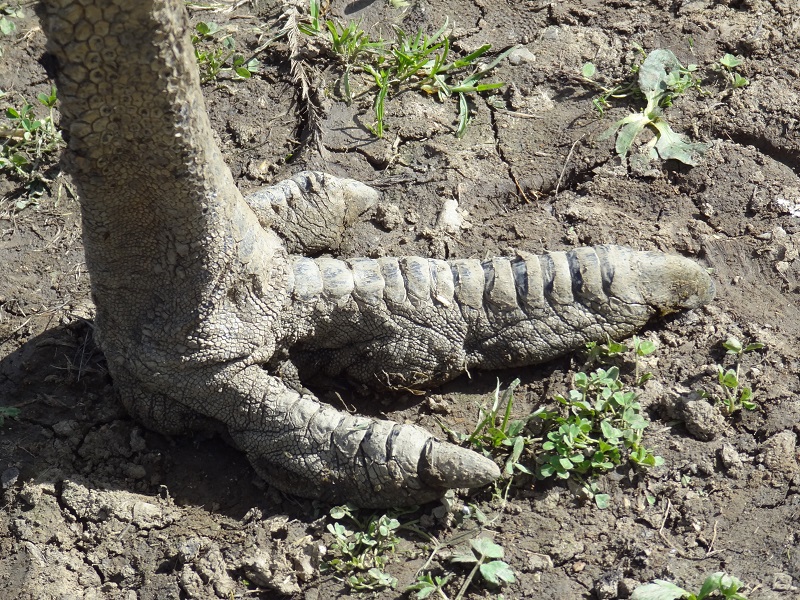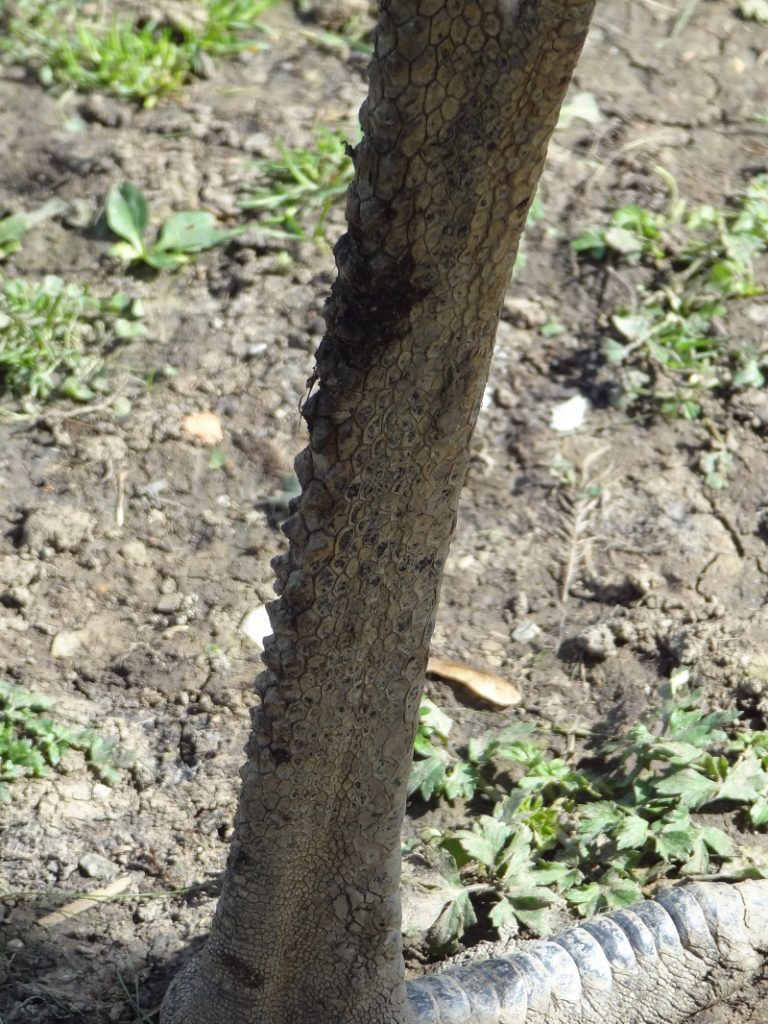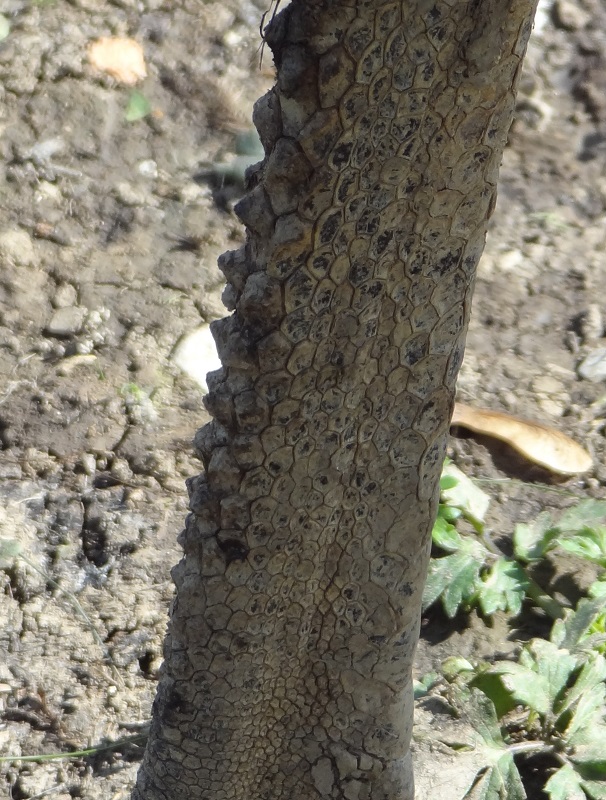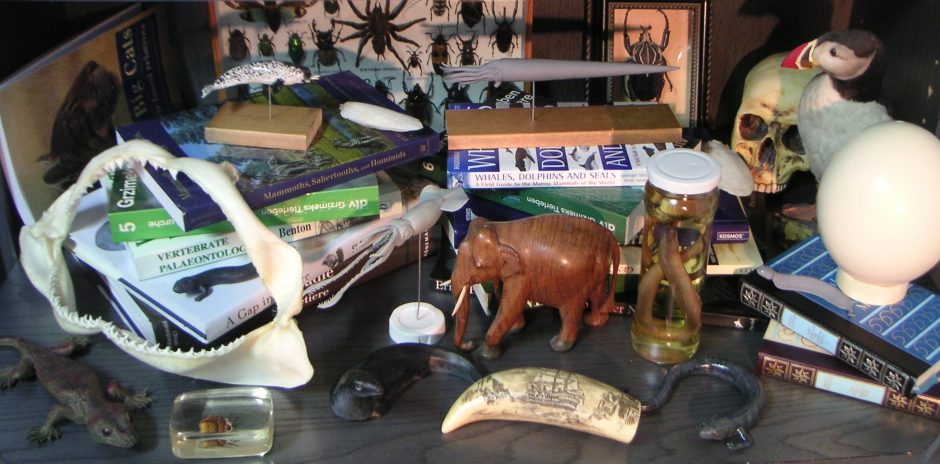Technically, all modern birds are dinosaurs, descendents of a lineage of theropods that evolved complex feathers and the ability to fly. But to be honest… most of them don´t really look very „saurian“ anymore. Those fancy feathers, toothless beaks and stumpy tails – usually coupled with a small overall size – just make it sometimes hard to accept their family background. Even if you know that filaments and feathers were in fact a quite common thing among dinosaurs, even if you are well aware of the fact that a lot of dinosaurs were of quite small body size and even if you are quite familiar with the evolutionary origins of modern birds you can still struggle to accept birds as real living dinosaurs. But sometimes you get a reminder about their theropod heritage, and a glimpse into a time when their ancestors were still not trying to conquer the airspace. For example if you take a close look at one of the largest extant birds, the emu Dromaius novaehollandiae. Don´t look at its pretty blue head or the shaggy double-feathers. Just look down at its staggering feet.

There is probably really nothing closer to a non avian theropod foot in the modern world. This is how people even today usually imagine a classical theropod foot. If you forget the rest of the body, you can really easily imagine that it belongs to something much more primordial, somethat that had still jaws lined with teeth, arms with big claws and a long tail. Of course there are some anatomical differences, for example the missing hallux of the emu. But it is still pretty awesome that something still walks the earth on such feet.
The ostrich has even bigger feet, but they are unique and utterly bizarre by nearly every standard, the feet of the cassowary are also pretty cool, but with their elongated claws still somehow too non-standard and not really that similar to any dinosaur feet. It it really frustrating that we missed some of the most spectacular birds that ever lived – the giant moas of New Zealand and the elephant birds of Madagascar – for just a few centuries. The feet of this giant birds were quite likely even closer to the feet of a medium-sized non-avian theropod than anything alive today.
I wrote some time ago about the incredibly polymorphous scales on the feet and legs of the ostrich. If we look at the feet of the emu, we can also see some quite interesting anatomical features as well.

Some of the scales on the backside of the tarsometatarsus form massive conical structures. I have to admit that I have no idea what function they have. But those cone-scales are surely something nobody would expect to have ever existed by looking at the bare bones of a fossil. I can´t help, but they could look pretty cool on the legs of a non-avian theropod as well.

Should I ever get my hands on the foot of an emu, I will try to make a similar listing of its scale types and scale arrangements as I did for the ostrich. I can´t emphasize enough how important and helpful it is to look at the anatomy of living animals to reconstruct species which we know only from their bare bones. You will discover a lot of things which you possibly never noticed before, like in the case of the ostrich and emu those weird scale shapes, the volumous pads on the downside of the toes or the way in which the nails abrade. It will also remind you that we are still living in a world full of amazing animals, and that even many familiar species are much more fascinating and unusual than most people think.

Markus, have you considered that the bumps on the emu’s TMT might be stridulating organs?
Just kidding.
Maybe…..